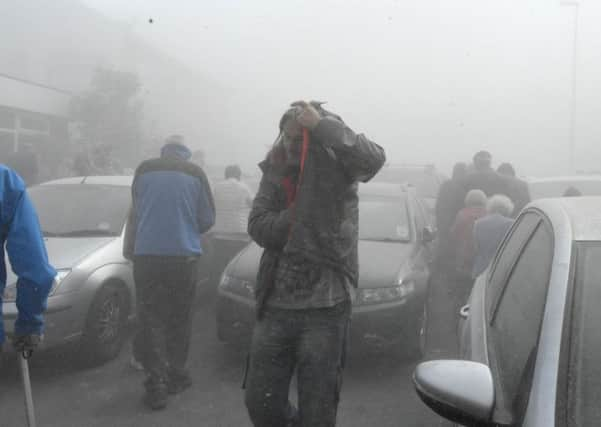'˜Was the dust cloud from the Layton flats demolition safe?'


Lovell’s statement came after thousands of people were covered by a huge dust cloud when the town’s iconic buildings were brought down.
Some have questioned whether the zone was large enough, and spoke of their alarm and panic as the huge storm of brick particles hurtled towards them.
Advertisement
Hide AdAdvertisement
Hide AdBut a spokesman for Lovell, which now has workers on site preparing to begin construction on 99 new homes, said: “Our foremost concern has been to ensure the safe demolition of the blocks. The demolition was carried out by our specialist subcontractors in line with industry best practice and we liaised closely with the Health and Safety Executive (HSE) and Blackpool Council throughout.”
When asked to elaborate on industry guidelines, the company declined.
It also wouldn’t say whether any complaints had been received, or whether it believed in hindsight the exclusion zone should have been bigger.
However, meetings were held prior to the demolition, which took place last Sunday, and the firm – along with the council and the HSE – agreed on an exclusion zone bigger than actually required, it is understood.
Advertisement
Hide AdAdvertisement
Hide AdLovell said all harmful material, such as any asbestos, was removed from the towers before they came down.
But Peter Aston, who watched as the resulting dust cloud enveloped him, said: “The towers were built with concrete and cement. The HSE website has a very different view as to the safety of breathing in cement dust, and gives very clear warnings on the dangers of even short-term inhalation.
“People were coughing, choking, screaming, covering their mouths and faces as they fled. I saw parents trying to protect their children and many struggling with babies in pushchairs. Had I known or expected an aftermath such as this, I would have stayed well clear.” The HSE said it is difficult to say how far someone must be from concrete dust because each case is different.
“If outside, you should stay away from the area around the dust cloud and take care that any wind does not blow this in your direction,” it added.